ADSactly Travel - Los Roques Archipelago - What The Caribbean Was Like Before Tourism
Los Roques Archipelago - What The Caribbean Was Like Before Tourism
Located in the Caribbean 160 km north of Caracas and about 45-minute flight lies an archipelago of hundreds of islands and rocks. Los Roques is a National Park, within the Leeward Antilles, that covers 221,120 ha. Considered to be one of the best-preserved and the largest atolls in the Caribbean but not widely known about outside Venezuela.
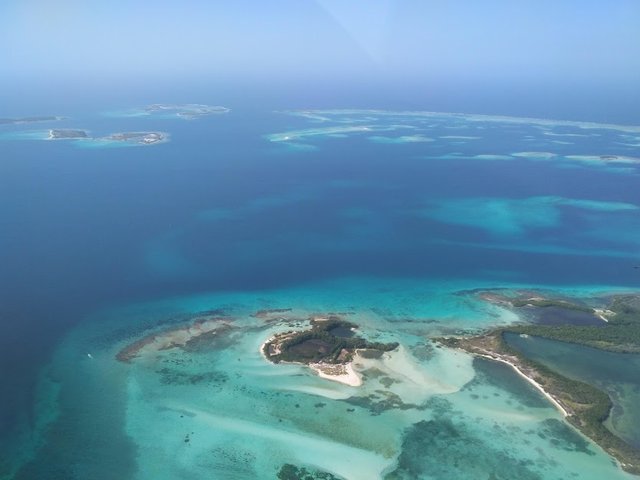
Photo: @highonthehog
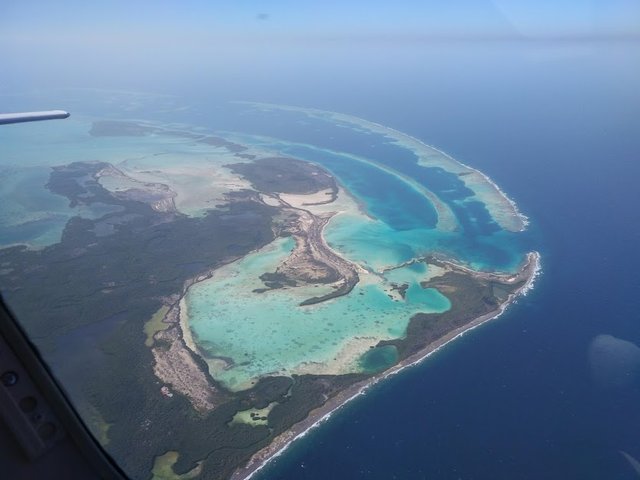
Photo: @highonthehog
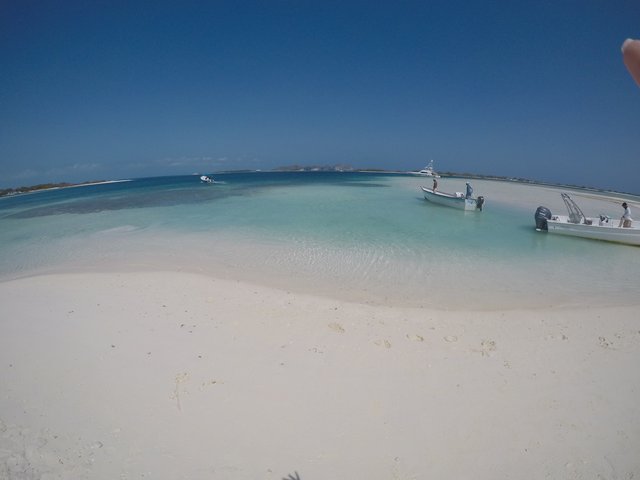
Photo: @highonthehog
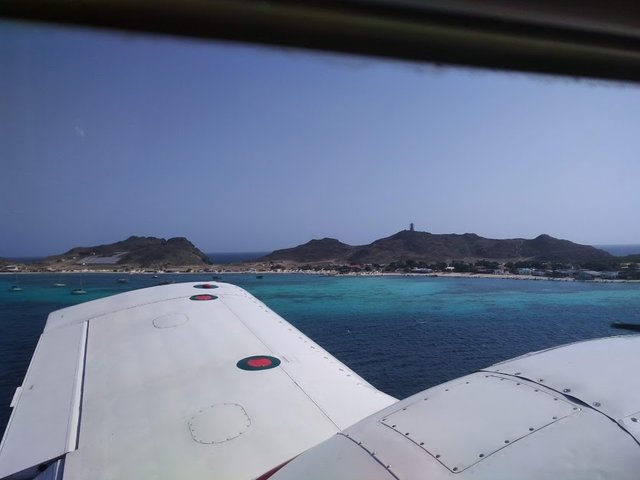
Photo: @highonthehog
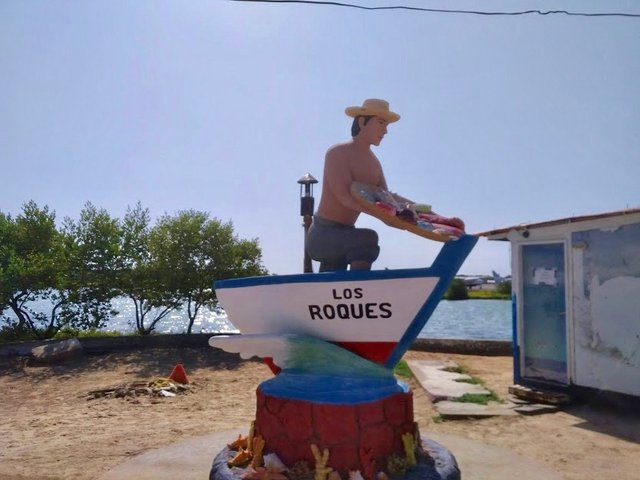
Photo: @highonthehog
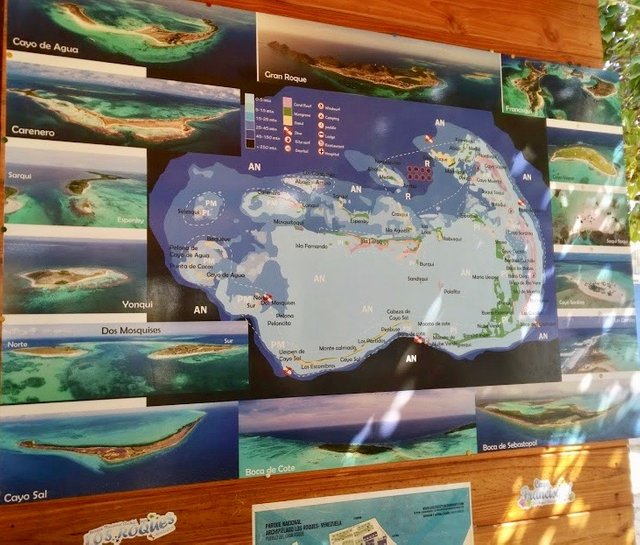
Photo: @highonthehog
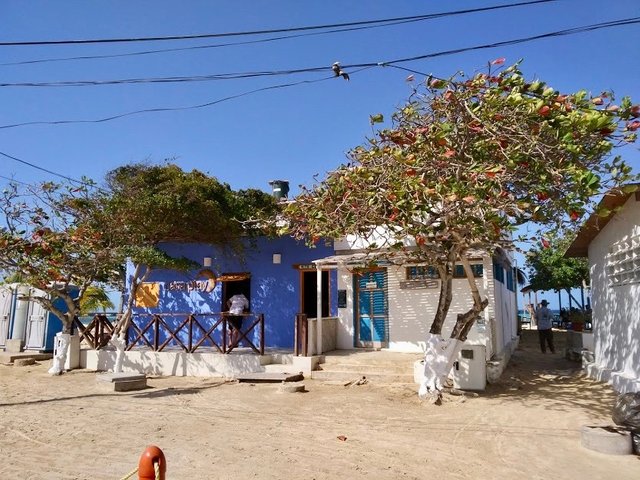
Photo: @highonthehog
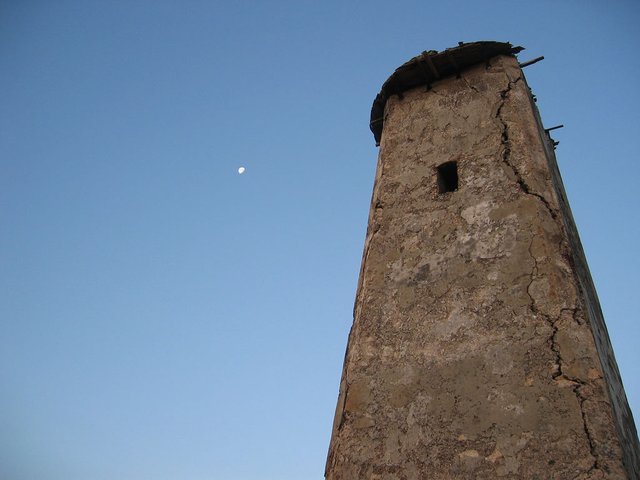
Faro, User: Procsilas Moscas Licence: CC BY-SA 2.0
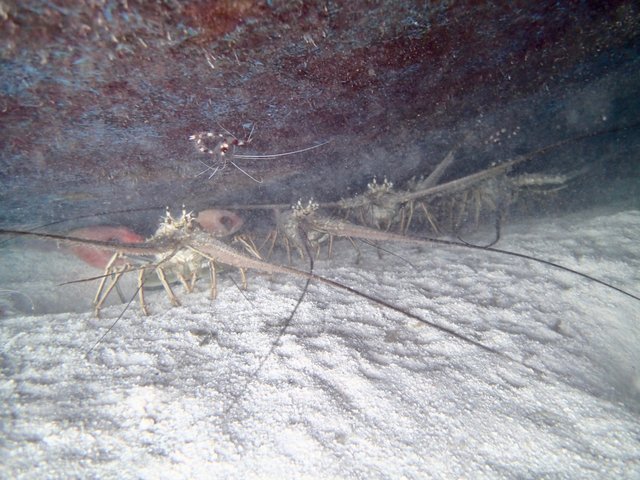
Lobsters, Photo: @highonthehog
The geologic origin of these reefs is very recent -about 10,000 to 15,000 years ago. However, the rock foundations that sustain the reefs originated about 40 million years ago during the Upper Cretaceous (Méndez 1978). These igneous and metamorphic rock foundations constitute the hills in Gran Roque. Calcareous sediments from reef crumbling, shells, and the residues of other marine organisms, accumulated on these rock foundations. After the last ice age, between 15 and 19 thousand years ago, sea levels rose considerably due to the melting of polar ice. This caused the growth of the north and south barriers, which enabled the formation of keys because they offered a natural protection of the inner area (Méndez 1978, AUA 2002). Los Roques is a unique archipelago because it is a coral-shaped atoll that formed without the intervention of volcanic processes (Méndez 1978). http://www.parkswatch.org/parkprofile.php?l=eng&country=ven&park=ronp&page=phy
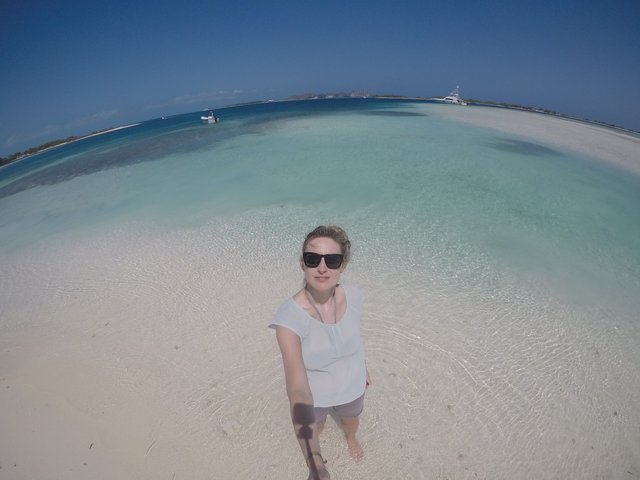
Photo: @highonthehog
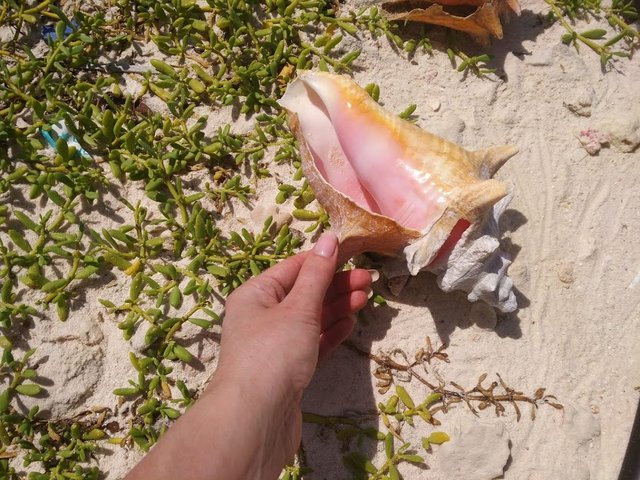
Photo: @highonthehog
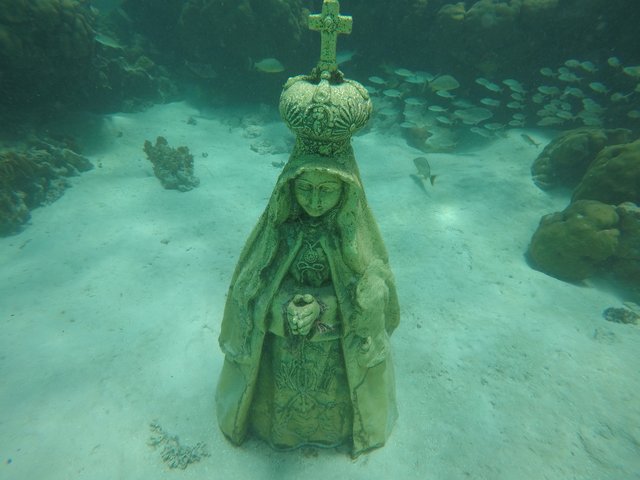
Photo: @highonthehog
Nowadays the fishing is restricted and tourism has replaced it lately as the main economic activity. The calm, quiet and marvellous islands attract many visitors, but the authorities established the marine protection zones, allowing a maximum of 70 per day - an average of 70,000 people visit the area annually.
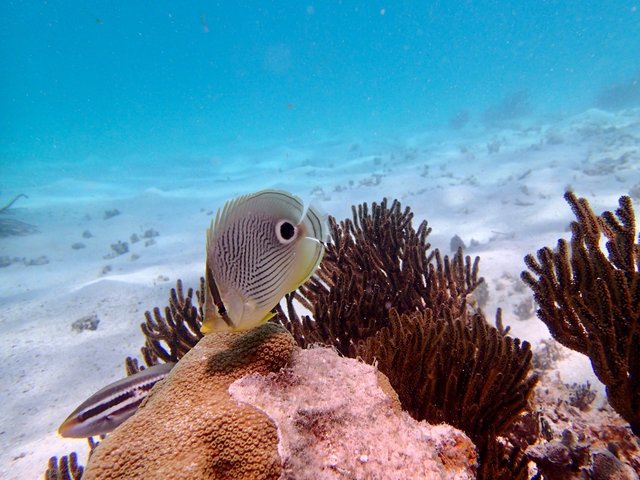
Photo: @highonthehog
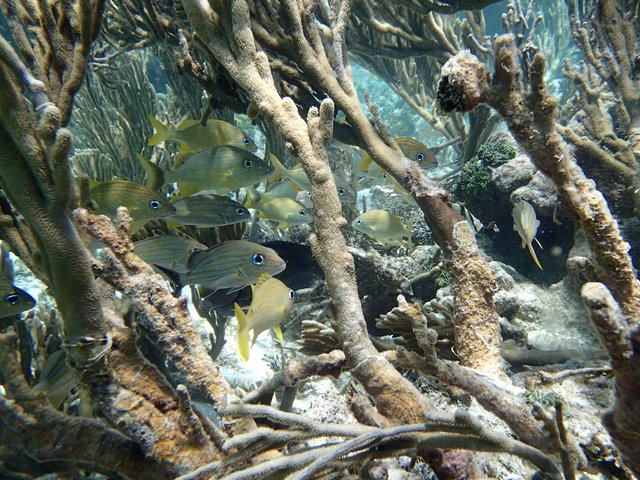
Photo: @highonthehog
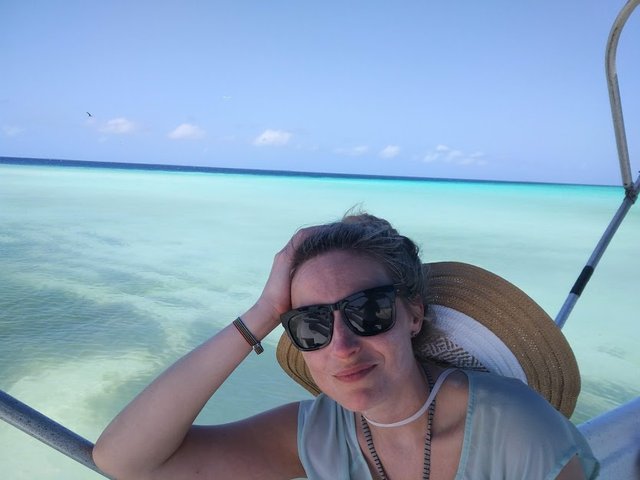
Photo: @highonthehog
Authored by @highonthehog
References
Photos: @highonthehog
Images: sources linked below
• Antczak, M.M. Antczak, A. 1988. Sacred artifacts in prehispanic archaeological contexts, Los Roques Archipelago, Venezuela. Ancient 8: 8-11.
• Méndez, J. 1978. Archipiélago Los Roques/Islas de Aves. Cuadernos Lagoven. 48 pp.
Click on the coin to join our Discord Chat

Witness proposal is here:
Go To Steem Witness Page
In the bottom of the page type: adsactly-witness and press vote.

Use small letters and no "@" sign. Or, click here to vote directly!
Thank you!
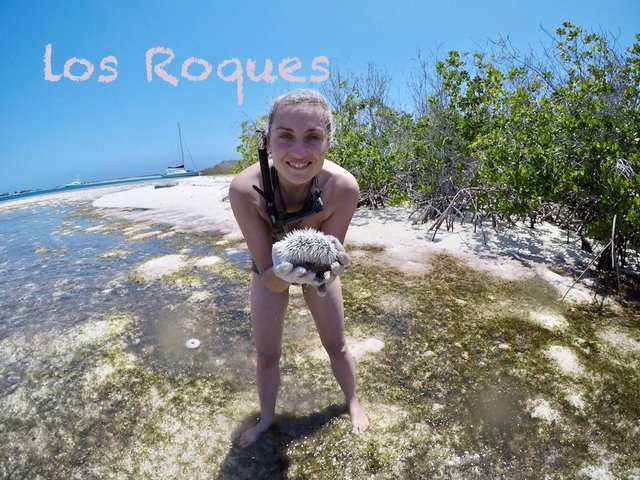
_de_los_Roques_Venezuela_000.jpg)
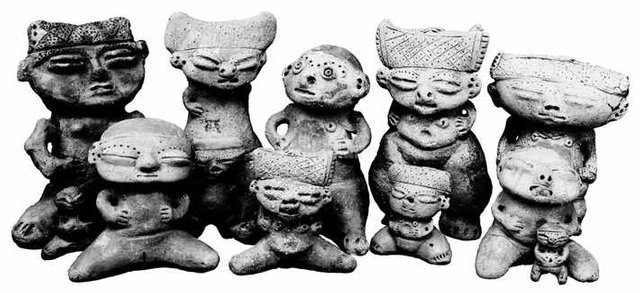
WOW! so great I like to travel
glad to hear that :)
Superb
That sounds like a real paradise. Even going there in the Christmas time wouldn’t feel like a winter at all. I have already been to Caribbean before on vacation. However, Los Roques Archipelago is the first time I’ve hear off. The water is amazingly clear and your pictures are perfect proof which are btw beautiful. Since I live in NY, I’d love the idea of no roads, no cars, no noisy bars, no big hotels,... and perhaps no internet, just relax and enjoy the nature. Snorkeling and diving would definately be my favorite since I love swimming in the deep waters. When I read about Los Roques Archipelago being “ONLY” 130 meters above sea level, thinking 🤔 about it, I think it’s a lot, it’s still very high for me, since where I live it is about 10 meters above the sea level. Anyway, great addition of history of this beautiful island. I wonder how the local authorities deal with only 70 people a day to be able to witness marine protection zones since there is 70k visitors per year. That’s probably the only headache they have to deal with 😆.
You must have had a blast @highonthehog!
Wow! Wow!! Wow!!!
I am awe by the level of clarity of these pictures. They are as clear as crystals. I can see and feel their physical presence from afar here in Africa!!
The second to the last picture is very intriguing; can't decipher what it is. Can someone, especially @adsactly tell me??By what I see, I would arrange for a vacation to the Carebeans soonest!!
uno de los bellos paraisos de mi amada Venezuela, hermoso post, lo comparto
Gracias por compartir este post y dar a conocer este paradisíaco archipiélago de Los Roques ubicado en mi país: Venezuela. Espectaculares fotografías.
@ adsactly thanks for writing about this wonderful place part of my country Venezuela. It really is a paradise
one of the cleanest places on earth!
Nice write-up coupled with an exciting pictures
Thank you , have a good day :)
@adsactly can you comment on this post that says you scammed the shit out of all your investors? https://steemit.com/important/@steempipe/we-are-now-80-people-adsactly-creditors-gmail-com-will-soon-become-100
your travelling..<3
thanks for the comment .